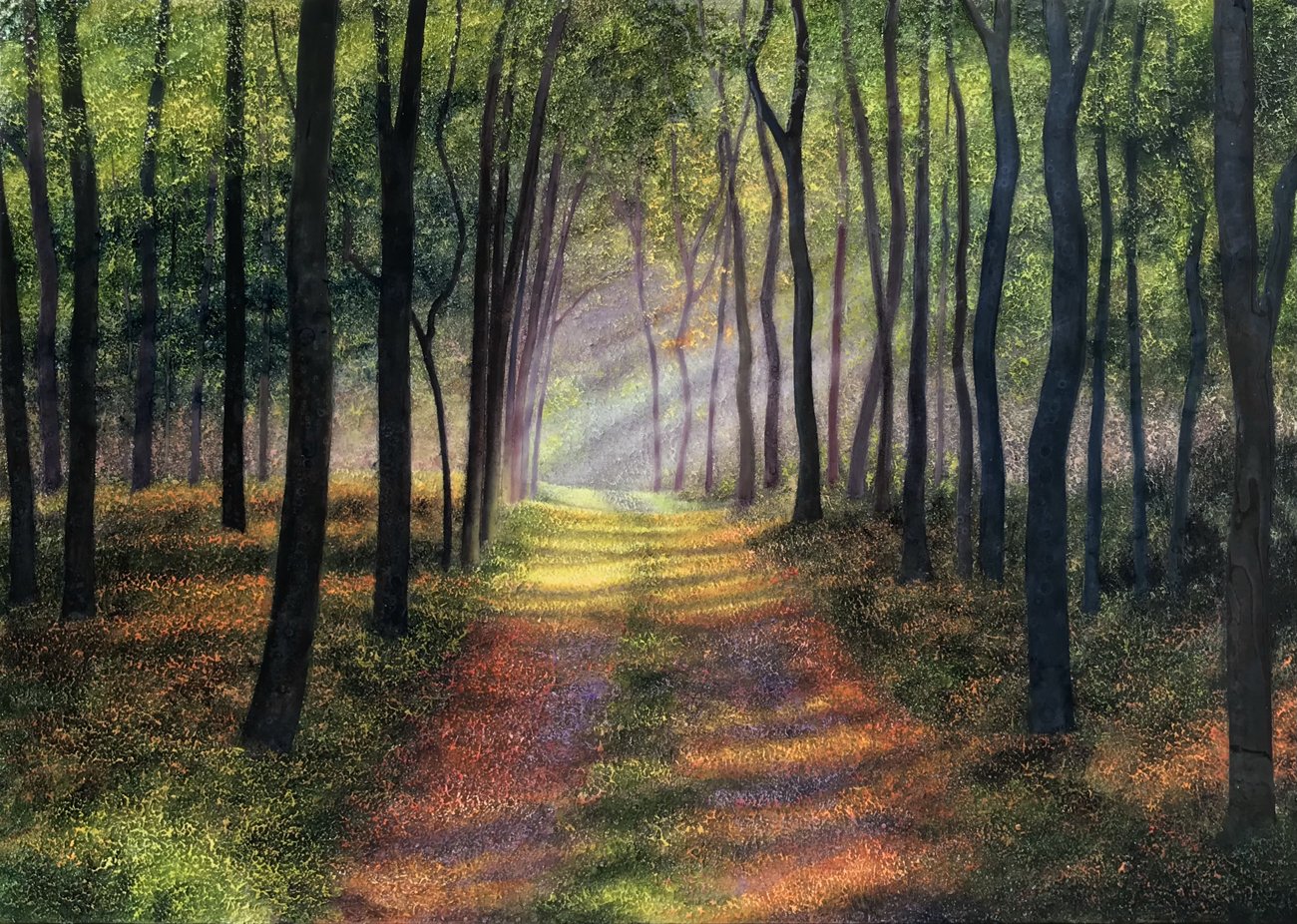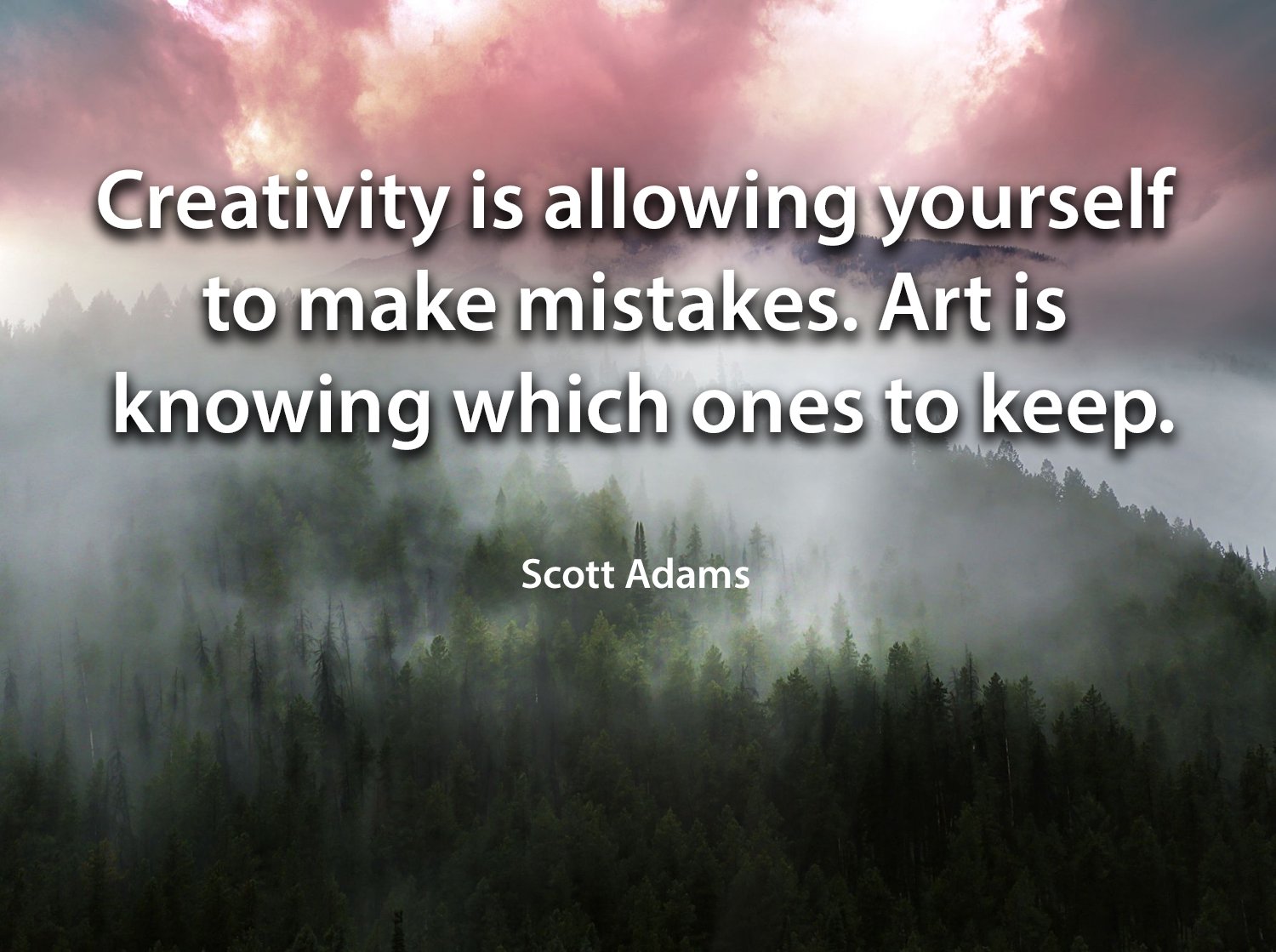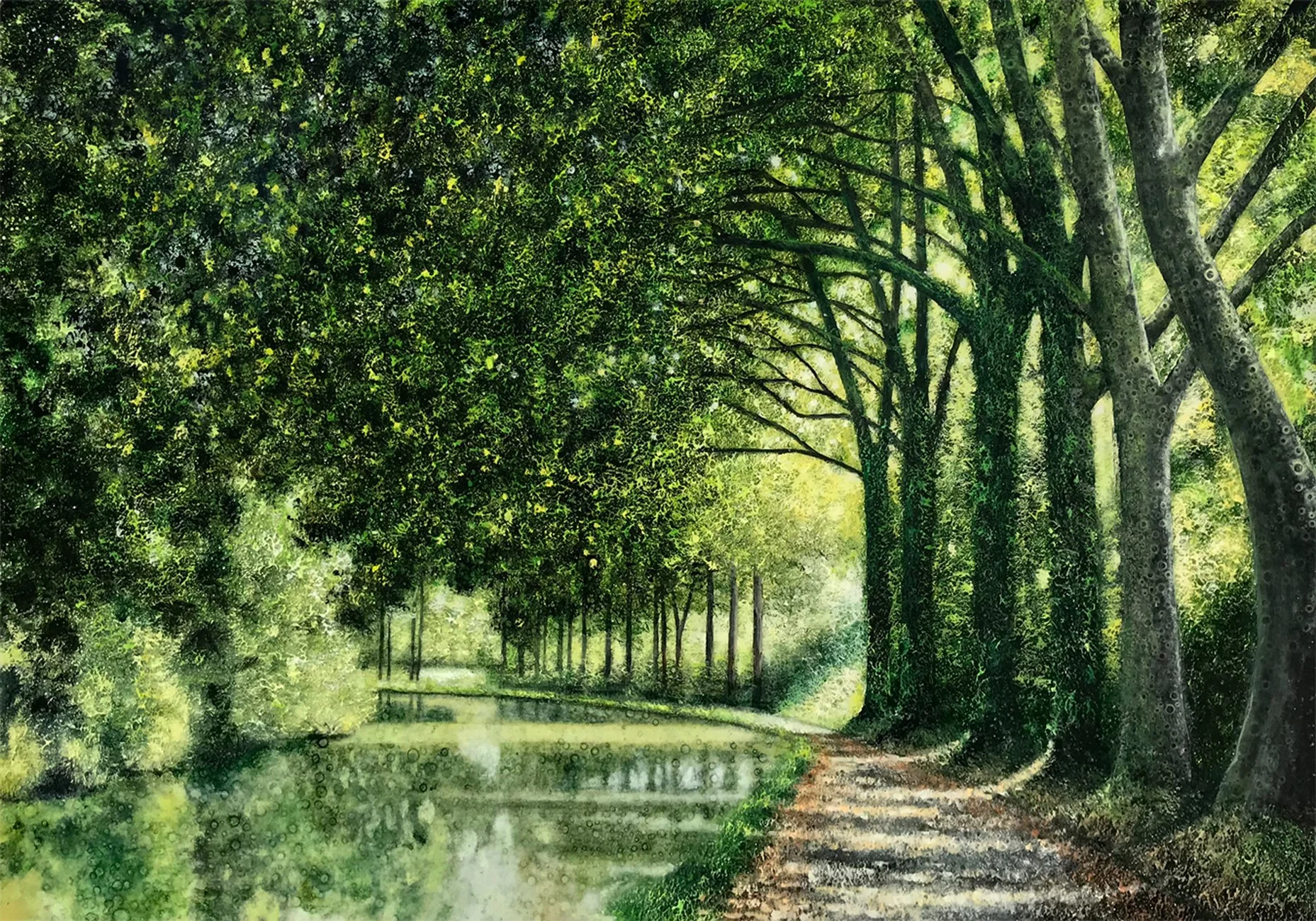A client of mine recently told me his high school aged daughter was interested in pursuing art as a career and asked me if they could visit Asheville and have me offer her some words of wisdom and encouragement. I love that. So yes, that meeting is set up for the family to come up the hill to Asheville and I'll try to be as sage-like as possible.
In thinking about what I would suggest a young artist (ANY young artist) should do as they explore career possibilities, my first suggestion has to be to visit the River Arts District in Asheville. This is a really unique place, in that there are now well over 200 artists all within a square mile, with studios open to the public. I would suggest they spend the day exploring, and make a list of their favorite studios. Then maybe the next day, go back around and ask their favorite artists if they could set up an appointment to ask some questions. I don't know ANY artists here who would have a problem with that. In fact, everyone I know would be more than happy to help and more than honored to be asked. The artists in Asheville are actually selling their art to the public, and since that's the goal (I assume), their input and suggestions would be really invaluable.
…everyone I know would be more than happy to help and more than honored to be asked.
So, if appointments are made to basically interview the artists, the questions asked are important, so I decided to come up with a suggested list of questions to ask if someone is just beginning to think about creating art as a career. Here is that list:
1) How long have you been an artist?
2) How long have you been selling your work professionally?
3) Did you go to art school? If so, where?
4) For a high schooler interested in pursuing art as a career, would you recommend art school?, if so, how would you find the right one?
5) Would you mind critiquing my work at some point? (But don't ask that question unless you're really open to hearing criticism.)
6) What are the positive points and negative points about having an "open studio"?
7) How do you price your work?
8) Do you advertise? If so, what seems to have worked well for you and what hasn't? What percent of your budget goes to advertising?
9) How do you manage the business side?
Where do you have your art supplies?
How do you keep track of inventory so you always have what you need?
How do you keep track of sales tax?
Do you accept credit cards? What’s involved with that?
10) Do you have your work in galleries? How do you find the right galleries?
11) Where do you get inspiration for your work?
12) What do you do if you get a mental block?
I'll be forwarding these questions to my clients and their daughter in a couple weeks, but I thought it might be helpful to anyone else who is considering art as a career to spend a blog entry for each question. So, stay tuned. Soon to come...my own answers to all these questions, hoping to help anyone who is interested to make the jump from being an amateur artist to being a full time professional artist.














